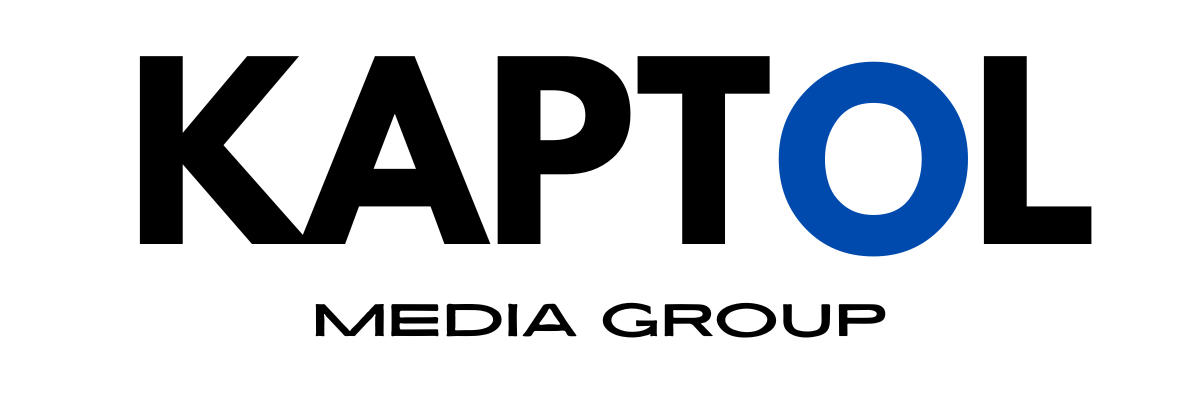How Can a Business Improve Their Digital Presence? Tactic 2
How Can a Business Improve Their Digital Presence? Tactic 2

In an increasingly digital world, a strong online presence is essential for business success.
Whether you’re a small local business or a large multinational corporation, your visibility online can significantly impact your growth, customer engagement, and revenue.
While there are many strategies to improve digital presence, one of the most critical and often misunderstood is Search Engine Optimization (SEO).
This tactic is fundamental in ensuring that your business is easily found by potential customers when they search online.
In this article, we'll delve deep into how businesses can leverage SEO to enhance their digital presence.
Tactic 2: Search Engine Optimisation (SEO)
Search Engine Optimisation (SEO) is the practice of enhancing your website to increase its visibility in search engine results.
When your site appears higher on a search engine results page (SERP), you are more likely to attract traffic, which can lead to higher conversion rates and increased sales. SEO is a multifaceted approach that includes optimising content, meta tags, and several other technical aspects of your site.
Let’s explore these components in detail.
1. Understanding SEO Basics
Before diving into specific tactics, it’s crucial to understand the basics of how search engines work.
Search engines like Google use complex algorithms to determine the relevance and quality of your website compared to others. They analyse your content, website structure, user experience, and a host of other factors to rank your site for specific search queries.
Keywords: Keywords are the terms and phrases that users type into search engines when looking for information. Identifying and using the right keywords in your content is a foundational aspect of SEO. These should be words and phrases that are relevant to your business, products, or services.
On-Page vs. Off-Page SEO: On-page SEO refers to the optimization of content and HTML source code on your website, while off-page SEO involves activities done outside your website to improve its ranking, such as link building.
Technical SEO: This involves optimising your website’s backend structure and code to ensure that search engines can easily crawl and index your site. It includes aspects like site speed, mobile-friendliness, and secure (HTTPS) connections.

2. Optimising Content for SEO
Content is the backbone of any successful SEO strategy.
Search engines prioritise high-quality, relevant content because it provides value to users.
Here’s how you can optimise your content to rank better in search results:
Keyword Research: Start with thorough keyword research to understand what your audience is searching for. Use tools like Google Keyword Planner, Ahrefs, or SEMrush to find high-volume, low-competition keywords. Incorporate these keywords naturally into your content, ensuring they fit contextually.
High-Quality Content Creation: Create content that is informative, engaging, and valuable to your audience. This could be in the form of blog posts, articles, videos, or infographics. Google rewards content that answers user queries effectively. Focus on creating long-form content that covers topics comprehensively, as this tends to perform better in search rankings.
Content Structure: Organise your content with clear headings (H1, H2, H3), bullet points, and short paragraphs. This not only improves readability but also helps search engines understand the structure and main points of your content.
Internal Linking: Use internal links to connect related content within your website. This helps distribute page authority across your site and makes it easier for search engines to crawl and index your content. For example, if you’re writing about SEO, you might link to another blog post that discusses keyword research in depth.
Content Freshness: Regularly update your content to keep it relevant. Search engines favour sites that are frequently updated with fresh, accurate information. Review and refresh older content to improve its performance and re-promote it to attract new visitors.
Multimedia Content: Incorporate images, videos, and infographics into your content. Visual content can improve user engagement, and when optimised correctly (with alt tags, captions, and relevant keywords), it can also boost your SEO.
3. Optimising Meta Tags
Meta tags are snippets of text that describe a page’s content; they don’t appear on the page itself but are in the page’s code.
These tags help search engines understand the content on your pages and are critical for SEO.
Title Tags: The title tag is one of the most important on-page SEO elements. It appears in the search engine results as the clickable headline and in the browser tab when your page is open. Ensure that your title tag is concise, includes relevant keywords, and accurately reflects the content of the page. Aim for a length of around 60 characters to avoid truncation in search results.
Meta Descriptions: The meta description is a brief summary of a page’s content that appears beneath the title in search results. While it doesn’t directly impact rankings, a well-written meta description can increase click-through rates. Write compelling descriptions that include primary keywords and entice users to click through to your site. Keep it between 150-160 characters.
Header Tags: Header tags (H1, H2, etc.) are used to structure content and highlight key points. The H1 tag should be used for the main heading of the page, and it should include the primary keyword. Subsequent headers (H2, H3) should be used for subheadings, breaking the content into digestible sections.
Alt Text for Images: Alt text is used to describe images to search engines. Since search engines can’t see images the way humans do, alt text helps them understand what the image is about. Include relevant keywords in your alt text, but ensure it accurately describes the image.
URL Structure: Optimise your URLs to be clean, descriptive, and keyword-rich. A well-structured URL provides both users and search engines with a clear understanding of the page content. Avoid using long strings of numbers or unrelated characters.

4. Technical SEO for Better Rankings
While content and meta tags are crucial, technical SEO is the foundation that supports your entire SEO strategy. It ensures that your site is fast, secure, and easy for search engines to crawl and index.
Site Speed: Site speed is a ranking factor in Google’s algorithm. A fast-loading site improves user experience and reduces bounce rates. Optimize images, enable browser caching, and use a content delivery network (CDN) to improve load times.
Mobile-Friendliness: With the majority of searches now happening on mobile devices, having a mobile-friendly site is essential. Ensure your website is responsive, meaning it automatically adjusts to fit the screen size of the device being used.
Secure Website (HTTPS): Security is another ranking factor. Ensure your website is secure by using HTTPS. This encrypts data between the user’s browser and your server, providing a safer browsing experience.
XML Sitemap: An XML sitemap helps search engines understand the structure of your website and find all your pages. It’s particularly useful for larger websites or those with a lot of archived content. Submit your sitemap to Google Search Console to ensure your site is fully indexed.
Robots.txt File: This file tells search engines which pages or sections of your site they should or shouldn’t crawl. Use it to prevent search engines from indexing duplicate content or pages that don’t add value to your SEO efforts.
Canonical Tags: Use canonical tags to prevent duplicate content issues by specifying the original version of a page. This is important for pages that have similar content but different URLs, such as product pages with various filters applied.

5. Measuring and Adjusting Your SEO Strategy
SEO is not a set-it-and-forget-it tactic.
It requires ongoing monitoring, analysis, and adjustments to stay effective.
Here’s how you can ensure your SEO strategy continues to deliver results:
Analytics Tools: Use tools like Google Analytics and Google Search Console to monitor your website’s performance. Track metrics such as organic traffic, bounce rates, and conversion rates to assess the effectiveness of your SEO efforts.
Rank Tracking: Use rank-tracking tools to monitor your keyword positions in search engine results. This helps you identify which keywords are driving traffic and where you might need to make adjustments.
A/B Testing: Conduct A/B tests on your meta tags, content, and CTAs to determine which versions perform better. This iterative process can lead to continuous improvements in your SEO strategy.
Competitor Analysis: Regularly analyse your competitors’ SEO strategies to identify opportunities for improvement. Look at their content, keywords, and backlinks to see what’s working for them and how you can adapt those tactics to your strategy.
Adjusting Based on Algorithm Changes: Search engines frequently update their algorithms, which can impact your rankings. Stay informed about these changes and be ready to adjust your strategy accordingly.
Conclusion
Search Engine Optimisation (SEO) is a powerful tool for improving your business’s digital presence.
By optimising your content, meta tags, and technical aspects of your website, you can significantly enhance your visibility in search engine results, driving more organic traffic to your site. However, SEO is not a one-time effort; it requires ongoing attention, monitoring, and adjustments to keep up with changing algorithms and competition.
By implementing these SEO tactics, you’re not just improving your search rankings; you’re also creating a better, more user-friendly experience for your visitors.
This, in turn, can lead to higher engagement, more conversions, and ultimately, greater business success.







SIGN UP FOR OUR NEWSLETTER
We will get back to you as soon as possible
Please try again later


